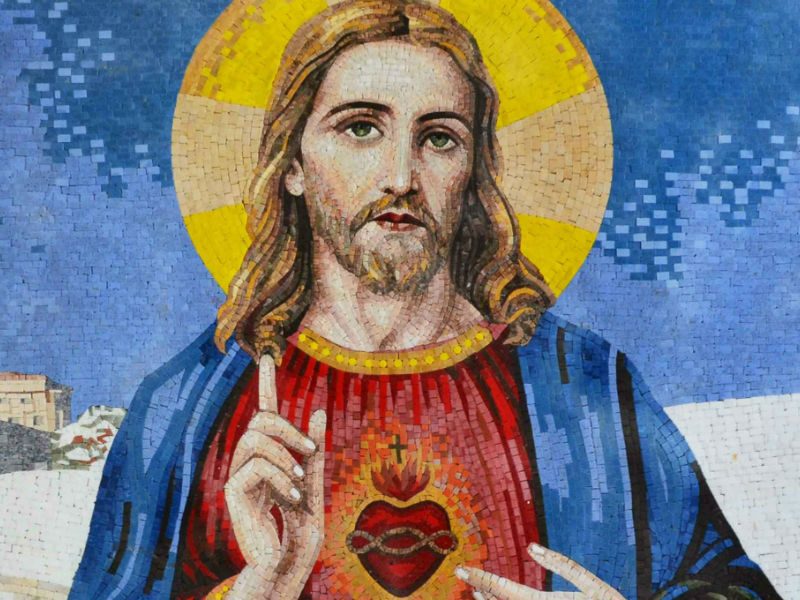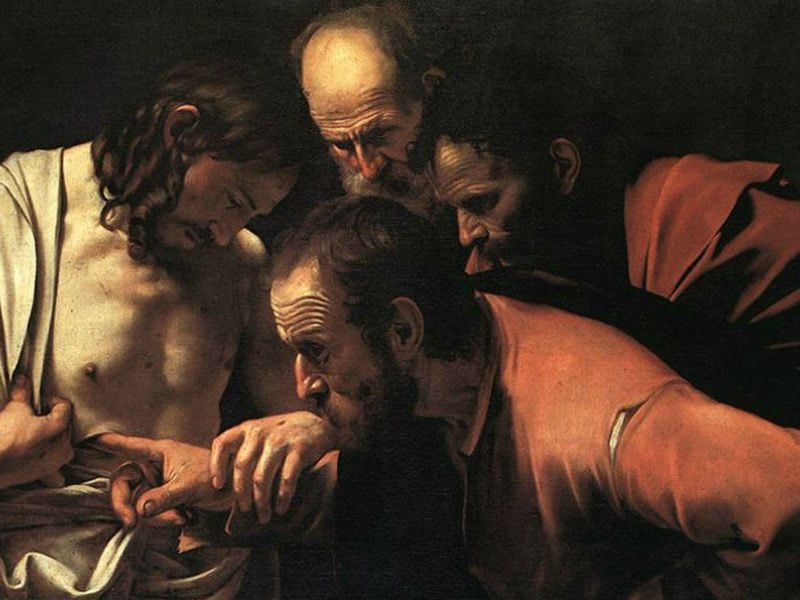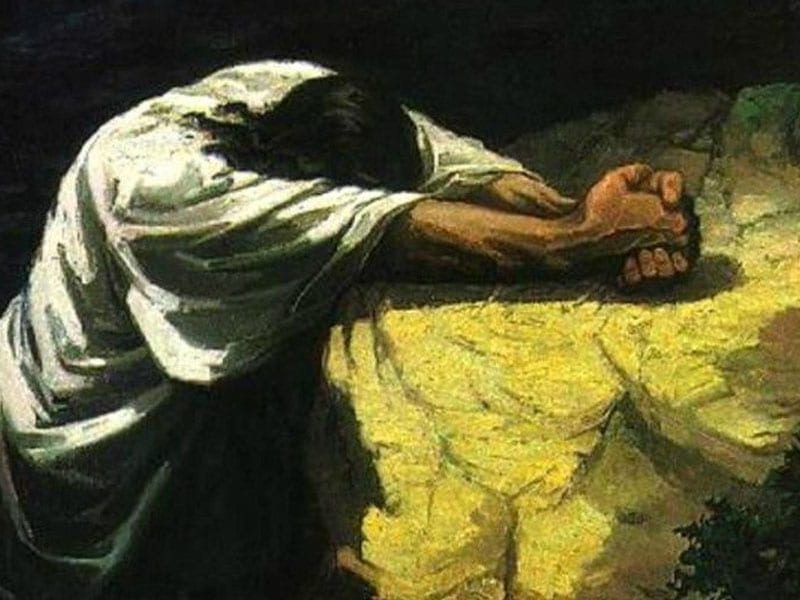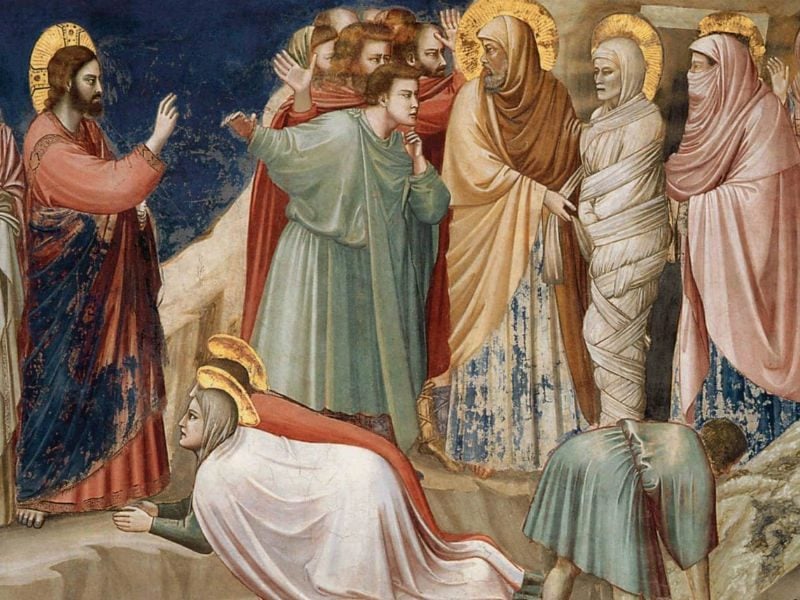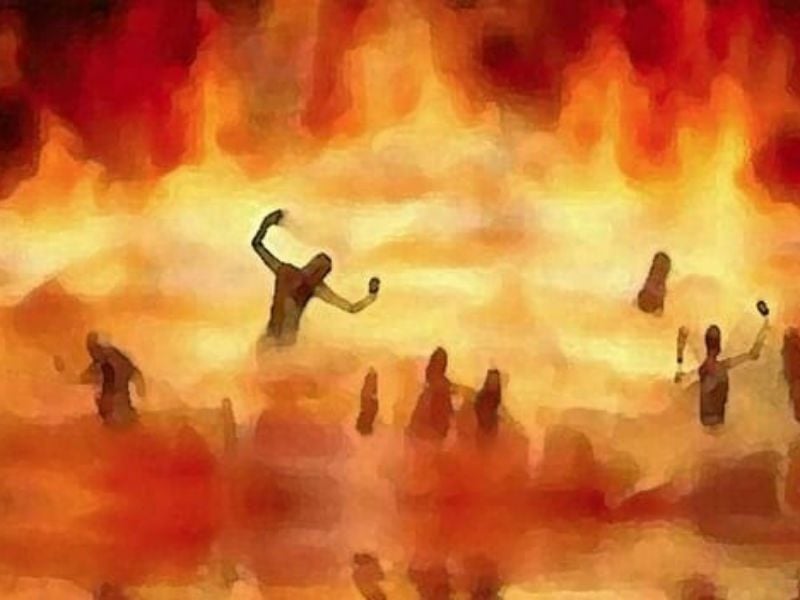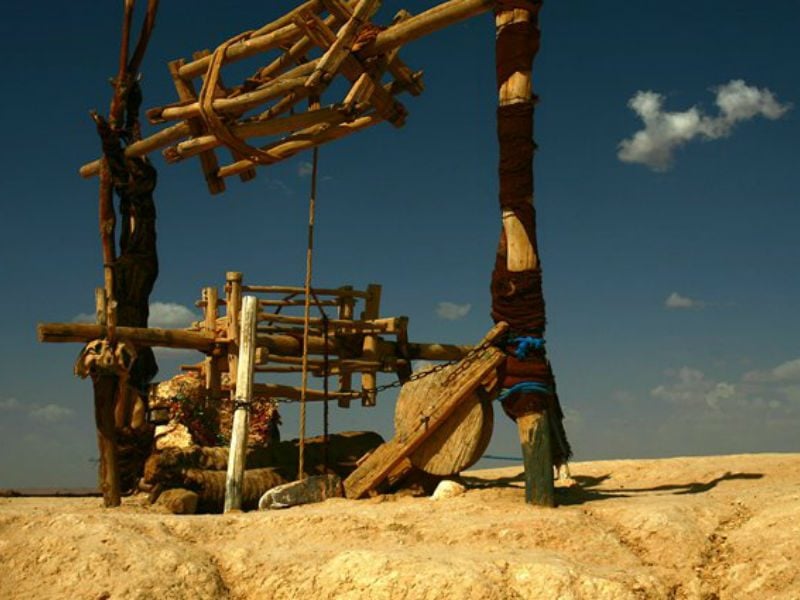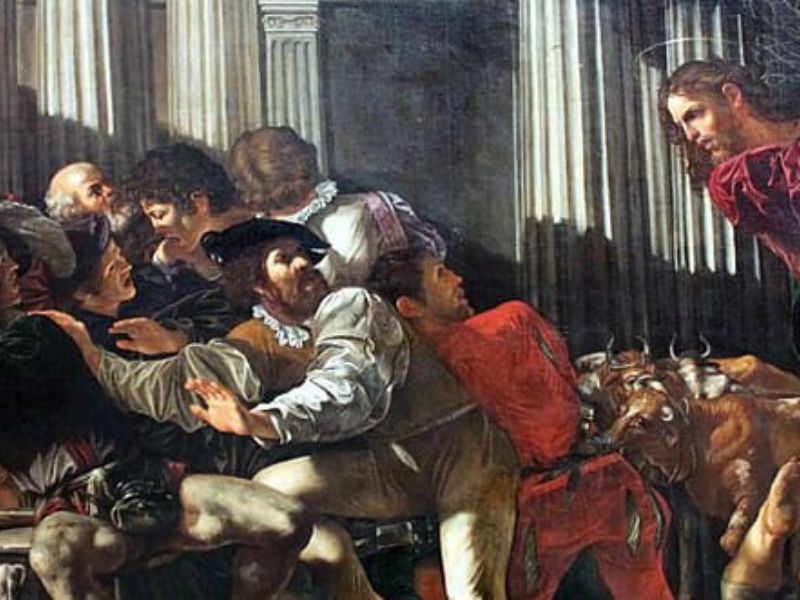John the Baptist’s Birthday – Cause for Celebration
On June 24, the Church observes a solemn feast in honor of the birth or nativity of John the Baptist. No other saint's birthday is celebrated with such solemnity. The unique role of the Forerunner, the Voice crying out in the Wilderness, in...




